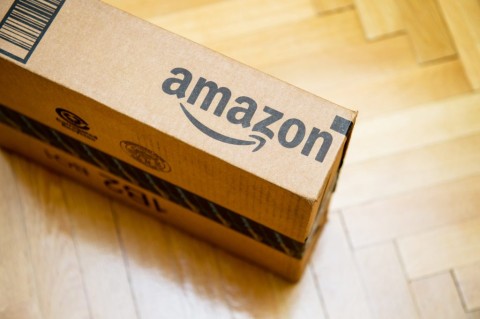How to overcome the Amazon effect
When it comes to supply chain excellence, particularly in the retail sector, there is one behemoth dominating the landscape. Amazon is driving innovation and change at a pace that’s putting the pressure on other businesses to find a way to keep up, or fold. The online retailer’s most recent patent focuses on drone technology, and would involve drones delivering packages with parachutes. It’s just the latest in a string of patents that span the gamut from smart stores to flying warehouses. Amazon is even entering the transportation space, signing agreements with the Air Transport Services Group and the Chinese government to enter into the freight cargo business – effectively cutting out the middleman. It has leased 20 Boeing 767 aircraft to shuttle goods around the US, and helped ship at least 150 cargo containers from China since October 2016. It’s all part of the global expansion of ‘Fulfillment by Amazon’, which provides storage, packing and shipping to small independent merchants selling products on Amazon’s website. As Jeff McCandless notes on a recent Multichannel Merchant blog, combating the Amazon effect requires technology and collaboration. You need to build a real-time, data-driven, cloud-based automation network to compete. That means fostering supply chain capabilities focused on just such an outcome. Failure to innovate in the retail supply chain arena is already having negative financial repercussions for brick and mortar stores, especially when it comes to apparel. Amazon makes up about 7% of the US apparel market, and according to reports, that figure could increase to 19% by 2020. They’ve been called a competitor in every space. And as other companies invest billions to keep up, the overwhelming majority of them still haven’t figured out how to remain profitable. They're plagued by high delivery costs, rising return rates and shifting labor requirements, struggling to find the delicate balance between meeting customer demand and protecting margins. This customer-centric drive is streamlining supply execution processes like manufacturing and delivery, but when it comes to supply chain planning, there’s still room to push the limits even further. It’s great to offer same day shipping, but what happens if there’s a catastrophic level disruption at the origin source? Things like natural disasters, unexpected supplier shutdowns or even labor disputes within your own four walls – all can lead to delays and cancelled orders. Your supply chain needs to respond and course correct as fast as possible. You’ll need to revolutionize your supply chain planning, implementing processes like concurrent planning and connecting your data, processes and people. Creating a consolidated view of your entire supply chain will enable you to plan expected performance, monitor progress and respond to disconnects when reality hits. Find a way to know sooner and act faster. Functionality like rapid what-if scenario simulations with versioning, means you’ll be able to get snapshots of the past, present and possible future state of your supply chain. And you’ll definitely need to breakdown silos and promote cross-functional collaboration. Amazon has pushed the retail supply chain to its limit, and it appears the online giant has no plans to stop anytime soon. Those left in its wake have no choice but to embrace change, innovation and find new ways to thrive. Has the Amazon effect infiltrated your industry vertical? Let us know in the comments section.





Leave a Reply